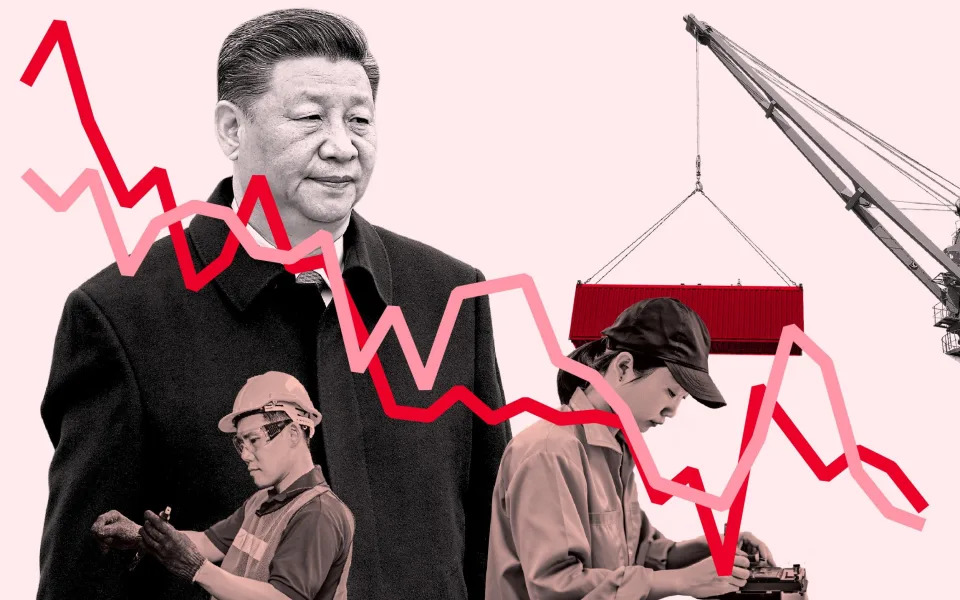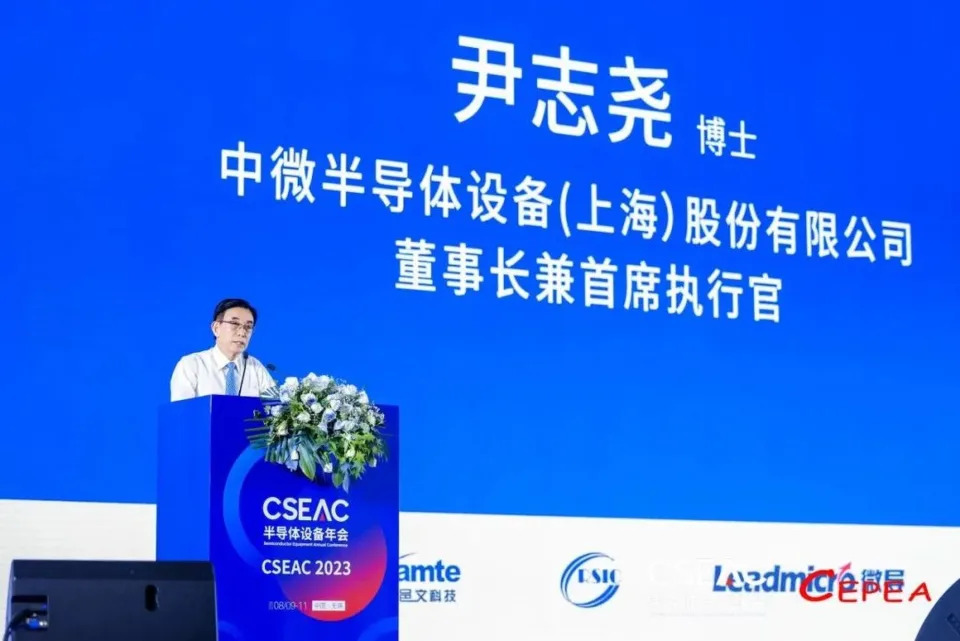POST MODERN FORDISM
Reuters
Fri, August 11, 2023


Auto Shanghai show, in Shanghai
(Reuters) - A patriotic call by China's bestselling automaker to band the industry together and "demolish the old legends" of the global market has gone viral, drawing both raves and a rebuke from a rival.
BYD used an event this week to mark a production milestone to celebrate a bigger purpose: the emergence of China as a global auto manufacturing powerhouse.
"I believe the time has come for Chinese brands," BYD founder and chairman Wang Chuanfu said at the event, standing in front of an image of the logos of 12 major Chinese automakers.
"It's an emotional need for the 1.4 billion Chinese people to see a Chinese brand becoming global."
The call by BYD – Tesla's closest rival in the global electric vehicle sales race – prompted widespread praise, and underscored how China's automakers are riven by competition at home and chasing growth overseas.
China's automakers are locked in a bruising price war that was started by Tesla in January and which shows no signs of easing. They are also all competing in the same global markets, where they face consumer wariness and sometimes regulatory roadblocks.
At its event on Wednesday, BYD released a video marking the founding of a dozen rivals from state-run automaker FAW Group in 1956 to commercial EV startups Xpeng, Nio and Li Auto in the past decade.
The video shows historical footage, sweeping vistas and cars being loaded for export. "Our stories are different from each other but share the same direction," the narrator says, adding in reference to overseas markets: "There's no distinction between 'you' and 'me'."
It ends with a call for China's automakers to "demolish the old legends and achieve new world-class brands," under the slogan, "Chinese Autos".
"FACE THE REALITY OF COMPETITION"
The video went viral on Chinese social media. Executives from BYD's rivals posted notes of appreciation. "I feel proud for China’s auto industry!" said William Li, CEO of Nio on Weibo. "We should learn from BYD's success."
"Salute to BYD!" said Li Xiang, CEO of Li Auto, who reposted the BYD video. "Let's give a thumbs up to every participant in the new energy era!"
Other automakers warned the message could raise regulatory risks for Chinese brands overseas, including in Europe, where Chinese EV exports face potential anti-dumping scrutiny.
A senior executive of China's Great Wall Motor shot back that Chinese automakers should embrace the "reality of competition".
"At such a critical moment, how can Chinese automakers be together?" Wang Yuanli, Great Wall Motor's Chief Technology Officer, posted on his social media Weibo account on Friday. "If we only talk about being together but keep our bitterness in our hearts, it would be better to have the fight first."
Wang said later he had been quoting a senior editor from China's Auto Business Review.
In July, the industry group representing China's automakers retracted a pledge to avoid "abnormal pricing" brokered between 16 automakers, including BYD. The China Association of Auto Manufacturers said it recognized the agreement had violated China's antitrust law.
In May, Great Wall said it had filed a report with China's regulators against BYD, claiming two top-selling hybrid models did not meet emissions standards. BYD rejected the claim and said it could take legal action.
BYD has extended its lead in China's new-energy market, which includes plug-in hybrids and EVs, with a 37% share in the first seven months, up from 29% a year earlier. It also topped Volkswagen brand, China's longtime sales leader, in total sales.
(Reporting by Zhang Yan and Brenda Goh, editing by Kevin Krolicki and Miral Fahmy)














